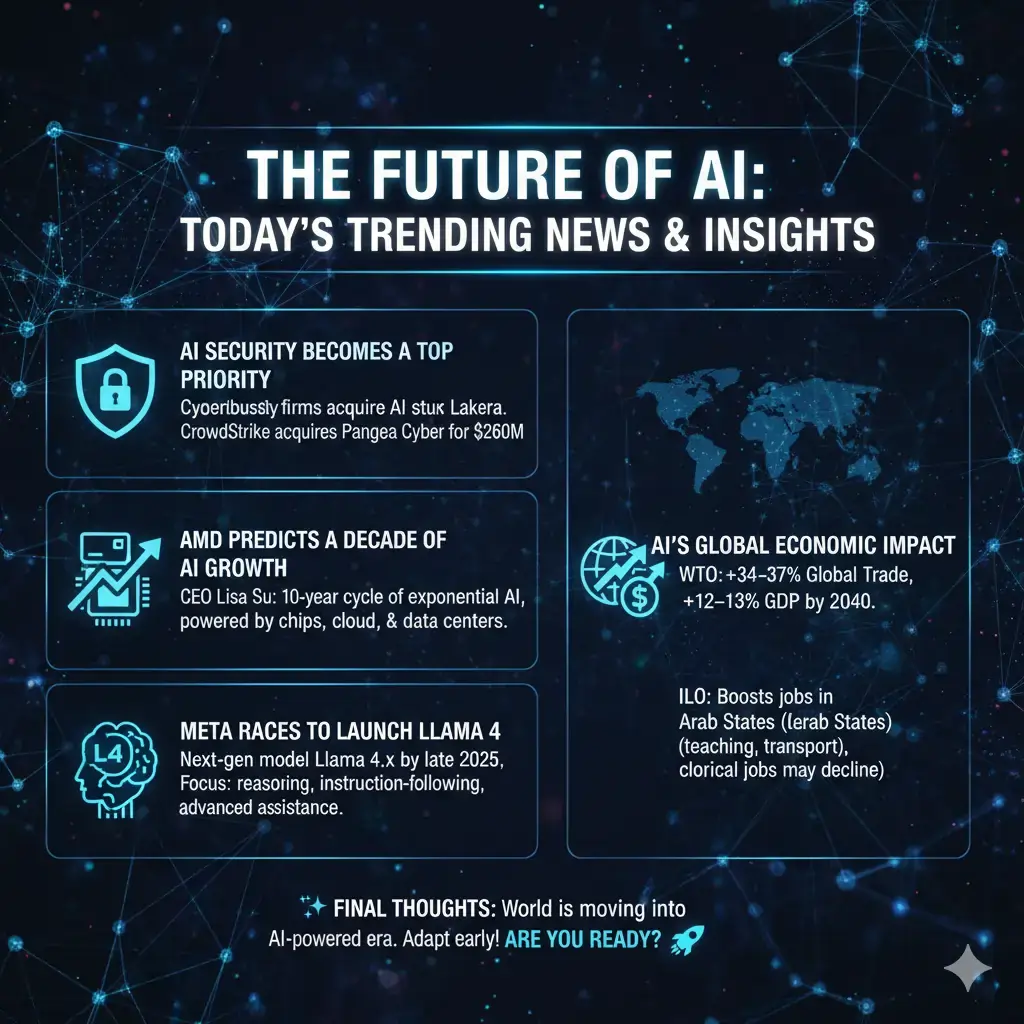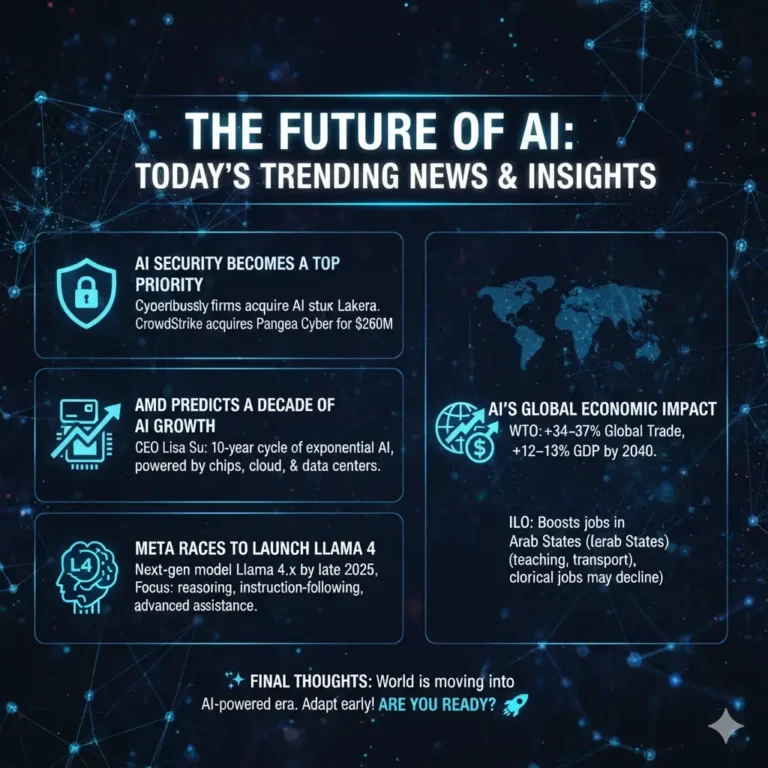The world of search engine optimization (SEO) is entering its most profound transformation yet. For years, SEO focused on keywords, backlinks, and technical performance. But with the rise of generative AI across platforms, a new frontier has emerged: Generative Engine Optimization (GEO).
Unlike traditional SEO, GEO is about optimizing your content so it can be effectively used by AI systems that don’t just index information, but actively generate responses for users. Platforms like Google’s Search Generative Experience (SGE), Microsoft Copilot, and ChatGPT are changing how users find answers. GEO ensures your brand becomes the information these AI systems rely on.
What is Generative Engine Optimization (GEO)?
Generative Engine Optimization is the practice of making your content easily discoverable and usable by AI-driven search engines. Instead of competing only for rankings on Google’s results page, GEO prepares your brand to be cited, summarized, and surfaced directly inside AI-generated responses.
For example, when someone asks an AI tool, “What’s the best way to optimize a WordPress website?” — if your content is GEO-optimized, the AI could highlight your expertise, driving awareness and credibility for your business.
Why GEO Is the Next Frontier for Businesses
- AI as the New Gatekeeper: AI now delivers synthesized answers directly, reducing clicks. GEO makes sure your content is the source behind those answers.
- Influencing AI-Generated Content: GEO ensures AI pulls accurate, branded information when generating text, images, or recommendations.
- Understanding Nuanced Queries: Generative AI interprets conversational and complex queries, and GEO helps your content match that intent.
- Building Authority: Content consistently cited by AI systems boosts your brand’s trustworthiness in the digital ecosystem.
Core Pillars of a GEO Strategy
1. Hyper-Contextual & Comprehensive Content
AI models prefer detailed, semantically rich content. Instead of short keyword-driven posts, create in-depth resources. A well-structured website, built through strong
WordPress Website Design & Development, supports this level of content creation.
2. Structured Data & Schema Markup
Generative engines understand structured data more efficiently. Using Schema markup for FAQs, products, and services helps AI interpret your content correctly. Applying advanced
SEO and Website Optimization ensures your site is machine-readable.
3. Expertise, Experience, Authoritativeness, and Trust (E-E-A-T)
AI favors credible sources. Highlighting expertise, citing reliable data, and presenting information with accuracy is critical. Just as precision matters in
Data Entry and Conversion Services, it’s equally essential in content strategy.
4. Conversational & User-Intent Driven Content
Generative AI works in natural, conversational language. Optimize content for how users actually ask questions. This approach pairs well with smart integrations like
Automation and CRM Solutions, which streamline AI-driven customer journeys.
5. AI Summaries & Snippet Optimization
Content structured with concise headings, direct answers, and bullet points makes it easier for AI to extract summaries. Pair this with engaging
Landing Pages and Sales Funnels to convert users after discovery.
GEO and eCommerce
For eCommerce, GEO brings both challenges and opportunities. AI-generated buying guides and product comparisons are becoming the norm. Optimized product descriptions and Schema markup ensure your items appear in AI recommendations. Leveraging strong
E-commerce Store Setup and Integrations helps align with this new search behavior.
Conclusion
Generative Engine Optimization isn’t just another update to SEO — it’s the future. By optimizing content for AI-driven engines, businesses can establish stronger authority, gain visibility in AI-generated results, and connect with users in more meaningful ways.
“The future of search isn’t just about ranking on page one — it’s about being the knowledge AI trusts to generate answers.”
























